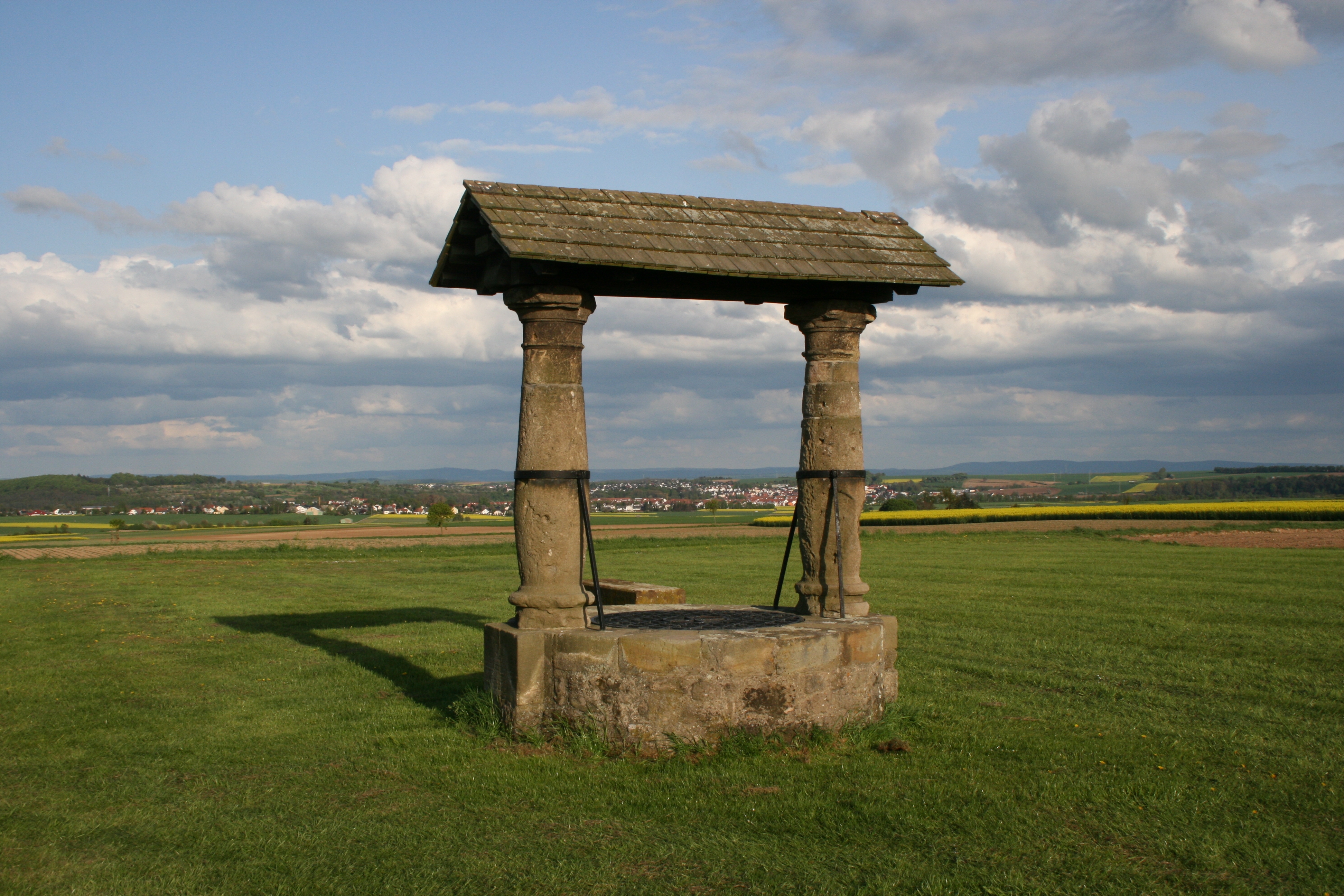|
Niddatal
Niddatal () is a town in the Wetteraukreis district in Hesse, Germany. It is located on the river Nidda, 6 km southeast of Friedberg and 22 km northeast of Frankfurt am Main. The town is divided into four districts: Assenheim, Ilbenstadt, Kaichen, Bönstadt. History Assenheim Assenheim was first mentioned as a township in 1139. Assenheim Castle existed between the years 1170 – 1780. Its ruins are still visible today. Ilbenstadt Ilbenstadt's first mention as an ''Eluistat'' was in 818. At the time, Ilbenstadt consisted of two cloisters. Its Church ''St. Maria, Petrus und Paulus'' was elevated to Basilica Minor status in 1929 by Pope Pius XI. Kaichen Kaichen was founded by a ''Anshelmus de Cochene'' in 1231.Stadt Niddatal Niddatal.de. Retrieved on 5 January 2014. Around 1400, Kaichen's f ... [...More Info...] [...Related Items...] OR: [Wikipedia] [Google] [Baidu] |
Nidda (river)
The Nidda is a right tributary of the river Main in Hesse. It springs from the Vogelsberg on the Taufstein mountain range near the town of Schotten, flows through the Niddastausee dam, and the towns of Nidda, Niddatal, Karben, and Bad Vilbel. At Harheim it reaches the Frankfurt am Main city area and after 90 km enters the Main in Frankfurt's Höchst quarter. In the 1920s and 1960s, the flow of the Nidda was regulated to reduce the risk of floods. The original numerous meanders turned into bayous, while the riverbed was straightened and made deeper. Since 1993 the Nidda has been partially restored to its natural state and a bicycle path built along the river. Tributaries The following rivers are tributaries to the river Nidda (from source to mouth): *Left: Michelbach, Läunsbach, Eichelbach, Hohensteinerbach, Laisbach, Wehrbach, Selzenbach, Nidder, Edelbach *Right: Graswiesenbach, Hohlbach, Gierbach, Ulfa, Salzbach, Hollergraben, Horloff, Wetter, R ... [...More Info...] [...Related Items...] OR: [Wikipedia] [Google] [Baidu] |
Frankfurt
Frankfurt, officially Frankfurt am Main (; Hessian: , " Frank ford on the Main"), is the most populous city in the German state of Hesse. Its 791,000 inhabitants as of 2022 make it the fifth-most populous city in Germany. Located on its namesake Main River, it forms a continuous conurbation with the neighboring city of Offenbach am Main and its urban area has a population of over 2.3 million. The city is the heart of the larger Rhine-Main metropolitan region, which has a population of more than 5.6 million and is Germany's second-largest metropolitan region after the Rhine-Ruhr region. Frankfurt's central business district, the Bankenviertel, lies about northwest of the geographic center of the EU at Gadheim, Lower Franconia. Like France and Franconia, the city is named after the Franks. Frankfurt is the largest city in the Rhine Franconian dialect area. Frankfurt was a city state, the Free City of Frankfurt, for nearly five centuries, and was one of the mo ... [...More Info...] [...Related Items...] OR: [Wikipedia] [Google] [Baidu] |
